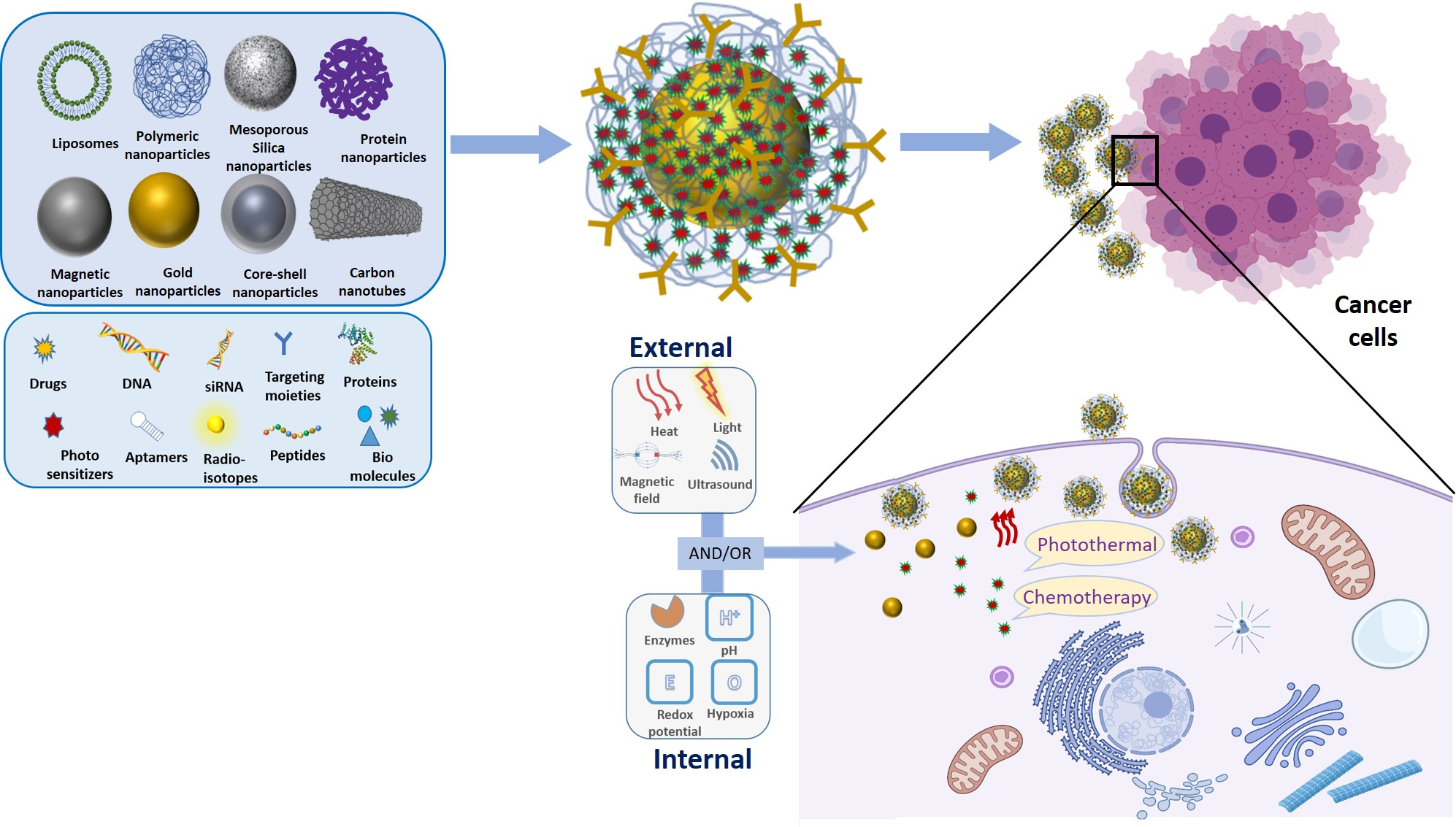
Nanotechnology for Boosting Cancer Immunotherapy and Remodeling Tumor Microenvironment: The Horizons in Cancer Treatment | ACS Nano
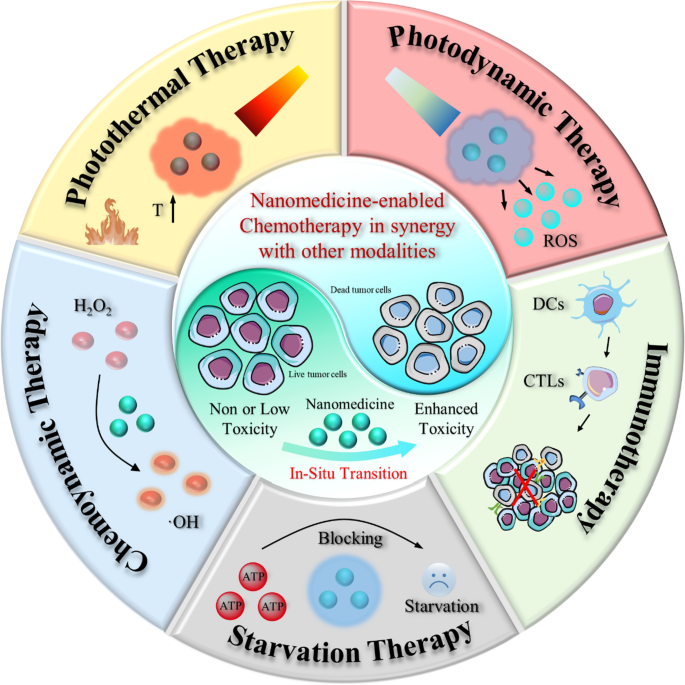
Nanomedicine-enabled chemotherapy-based synergetic cancer treatments | Journal of Nanobiotechnology | Full Text
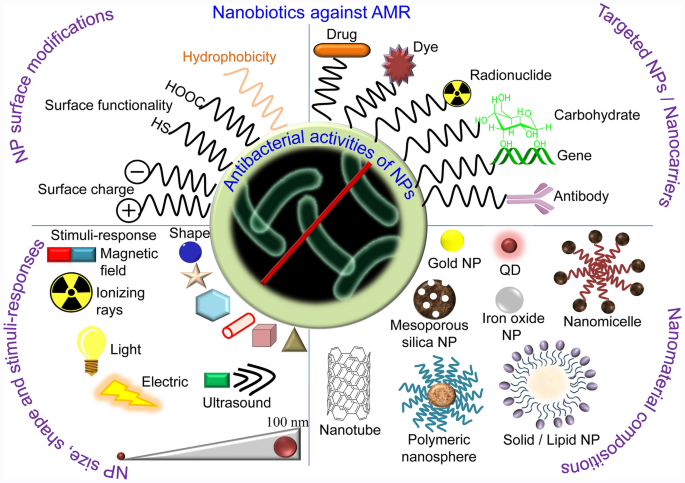
Nanobiotics against antimicrobial resistance: harnessing the power of nanoscale materials and technologies | Journal of Nanobiotechnology | Full Text

PDF) Harnessing the Cancer Radiation Therapy by Lanthanide-Doped Zinc Oxide-Based Theranostic Nanoparticles

Potential clinical applications of nanoparticles in radiation oncology.... | Download Scientific Diagram

Tumor Oxygenation and Hypoxia Inducible Factor-1 Functional Inhibition via a Reactive Oxygen Species Responsive Nanoplatform for Enhancing Radiation Therapy and Abscopal Effects | ACS Nano
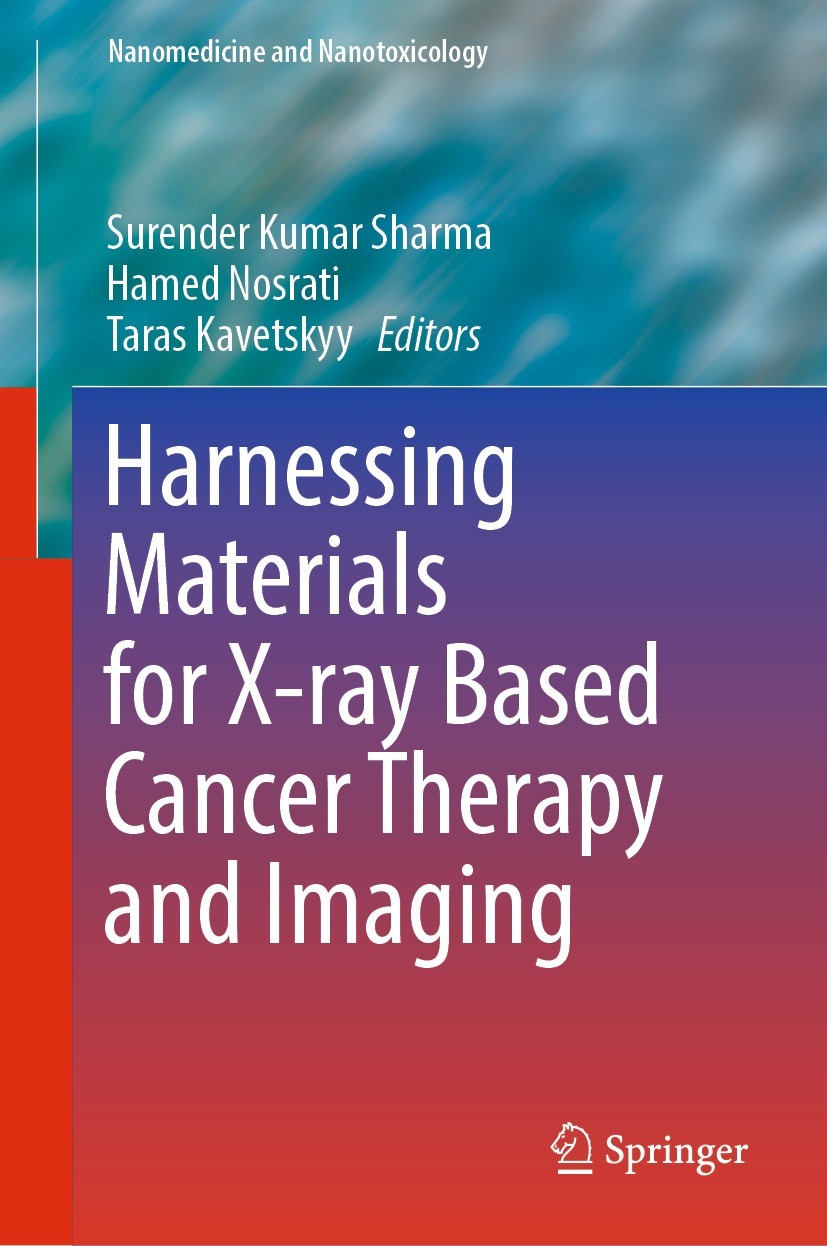
Harnessing the Power of Nanomaterials to Alleviate Tumor Hypoxia in Favor of Cancer Therapy | SpringerLink
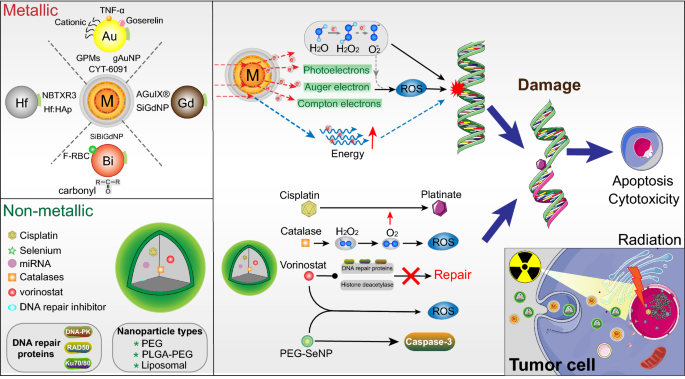
Engineering nanoparticles to reprogram radiotherapy and immunotherapy: recent advances and future challenges | Journal of Nanobiotechnology | Full Text

Synergistically Enhancing the Therapeutic Effect of Radiation Therapy with Radiation Activatable and Reactive Oxygen Species-Releasing Nanostructures | ACS Nano

Harnessing nanomedicine for enhanced immunotherapy for breast cancer brain metastases | SpringerLink

Therapeutic and diagnostic potential of nanomaterials for enhanced biomedical applications - ScienceDirect

Current developments in nanotechnology for improved cancer treatment, focusing on tumor hypoxia - ScienceDirect
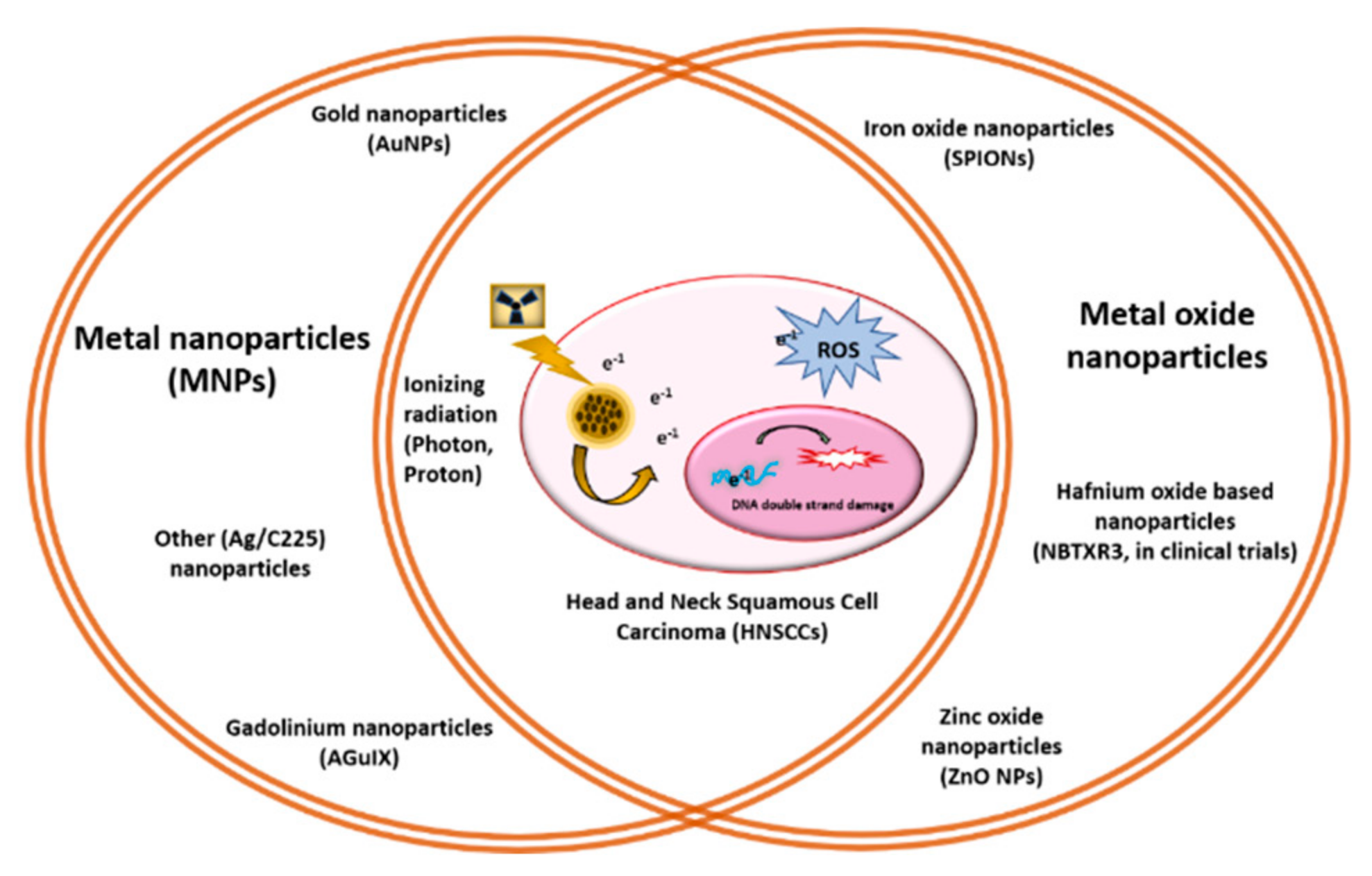
Cancers | Free Full-Text | Therapeutic Advancements in Metal and Metal Oxide Nanoparticle-Based Radiosensitization for Head and Neck Cancer Therapy

Nanomedicines and nanomaterials for cancer therapy: Progress, challenge and perspectives - ScienceDirect
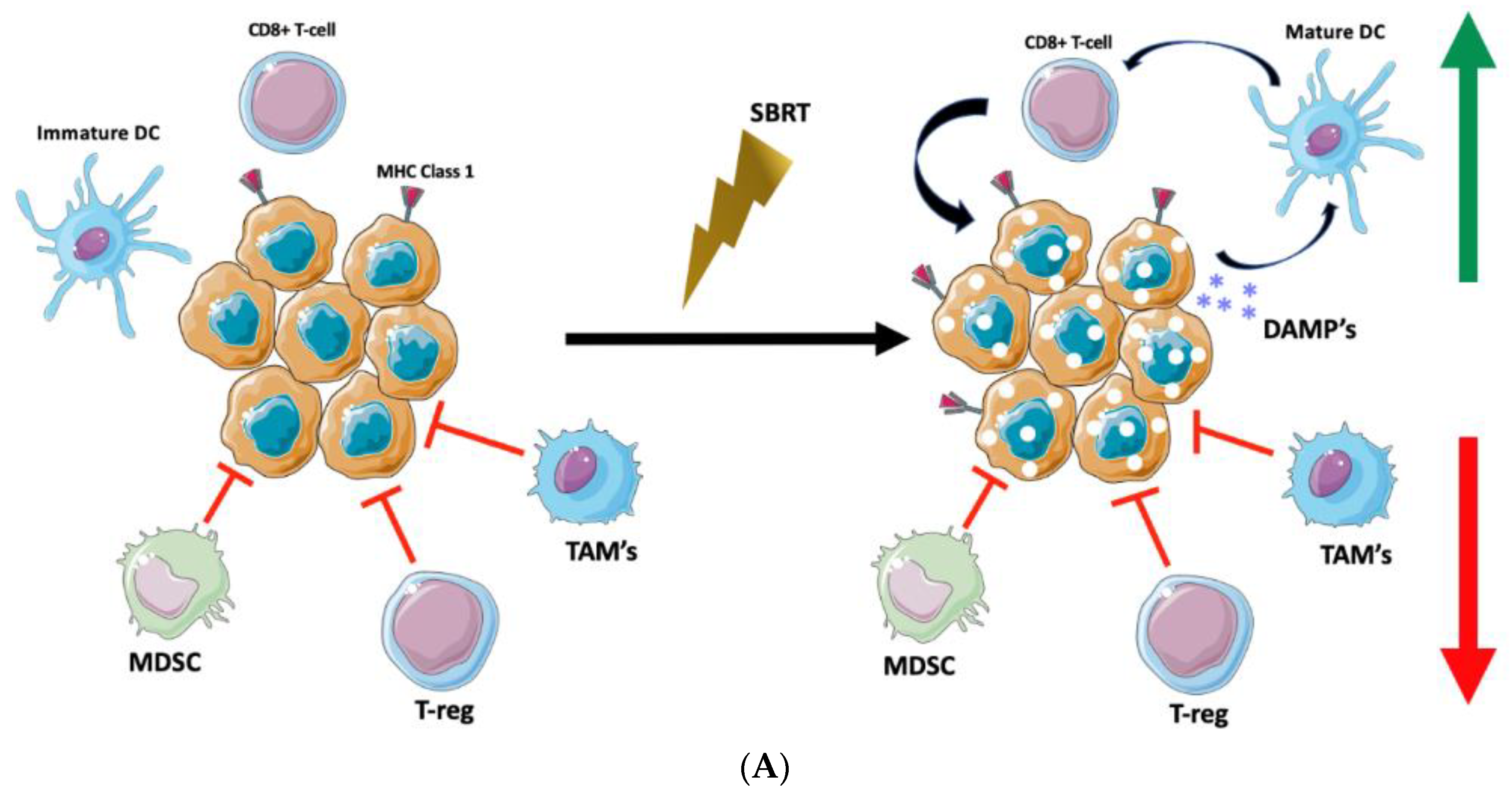
Cancers | Free Full-Text | The Evolving Interplay of SBRT and the Immune System, along with Future Directions in the Field
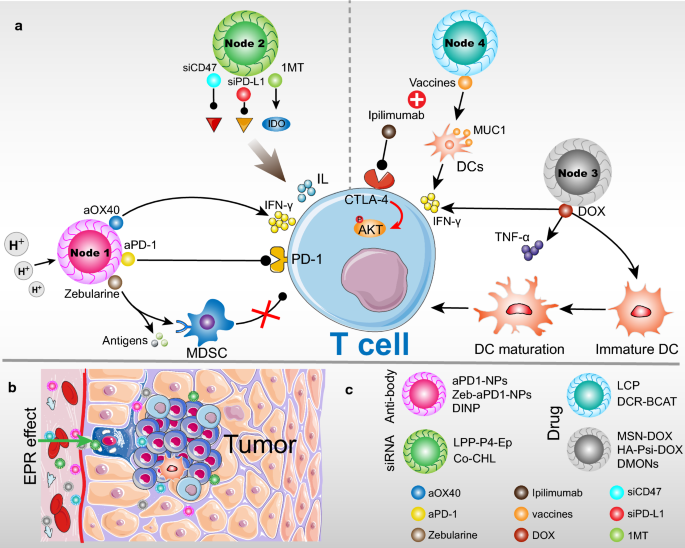
Engineering nanoparticles to reprogram radiotherapy and immunotherapy: recent advances and future challenges | Journal of Nanobiotechnology | Full Text

UV-Light-Activated (Gd,Y)VO4:Eu3+ Nanoparticles for Radiotherapy Enhancement | The Journal of Physical Chemistry C
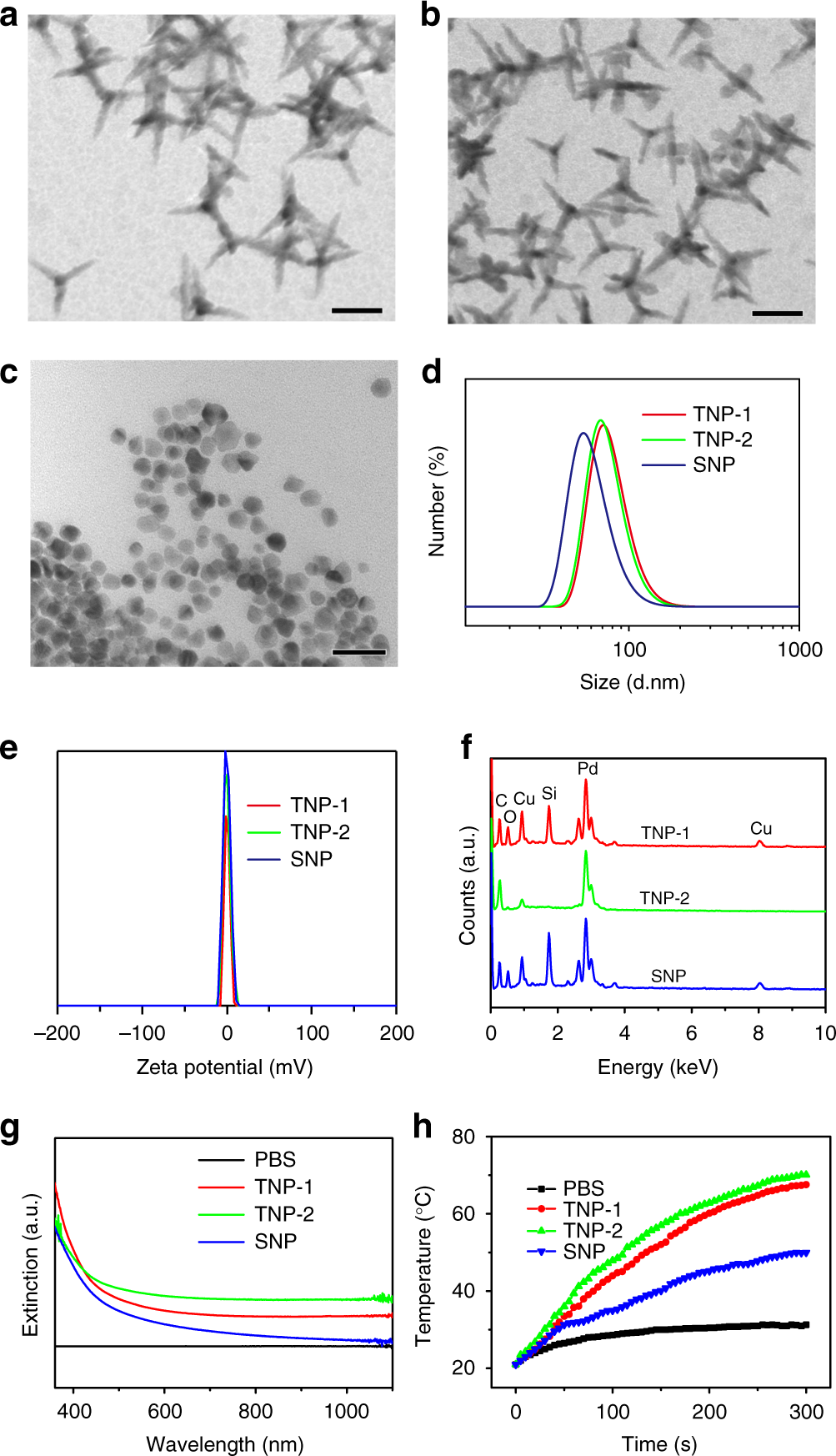
Harnessing copper-palladium alloy tetrapod nanoparticle-induced pro-survival autophagy for optimized photothermal therapy of drug-resistant cancer | Nature Communications
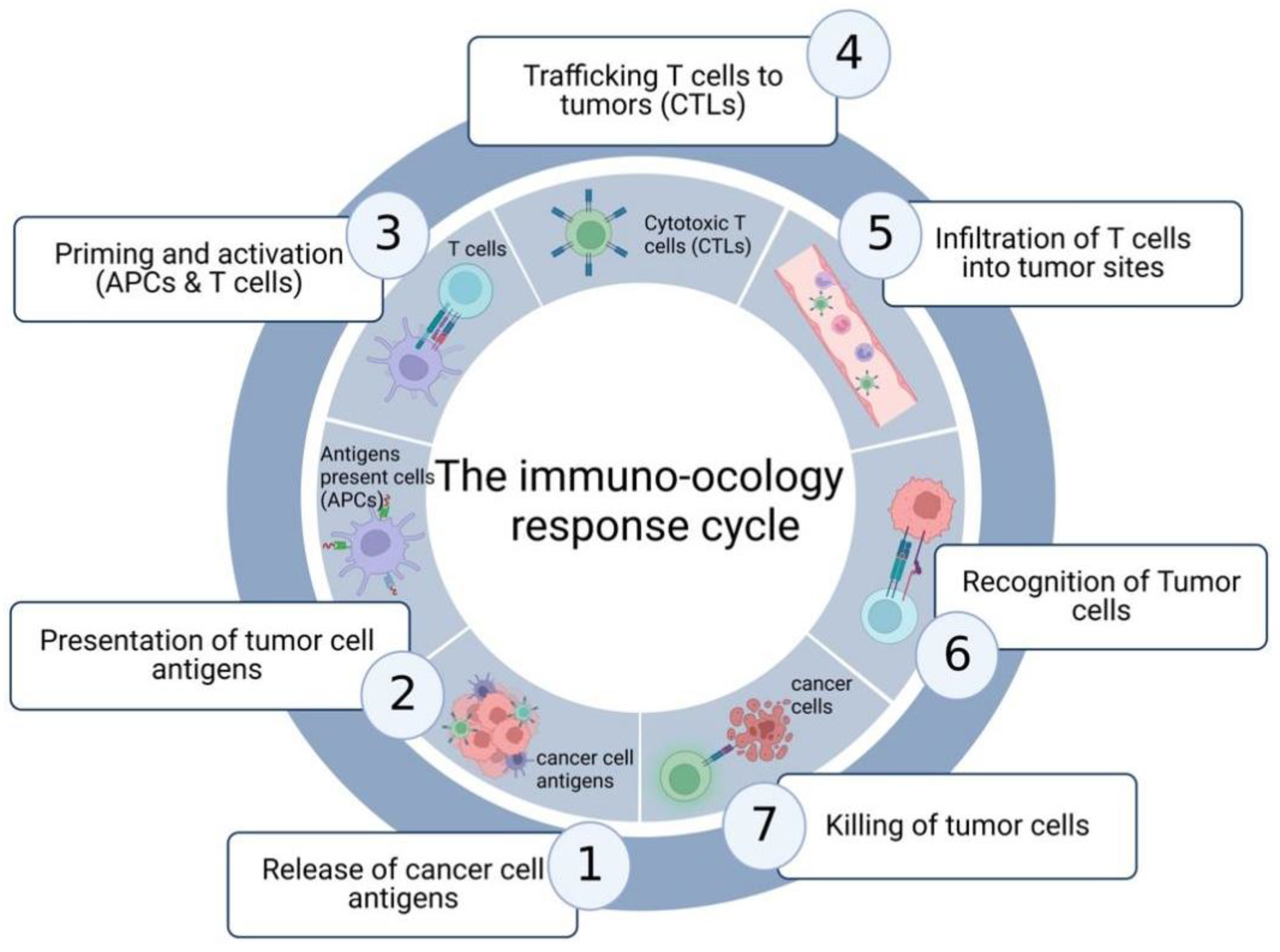
Pharmaceutics | Free Full-Text | Nanoparticle-Based Drug Delivery Systems Targeting Tumor Microenvironment for Cancer Immunotherapy Resistance: Current Advances and Applications


